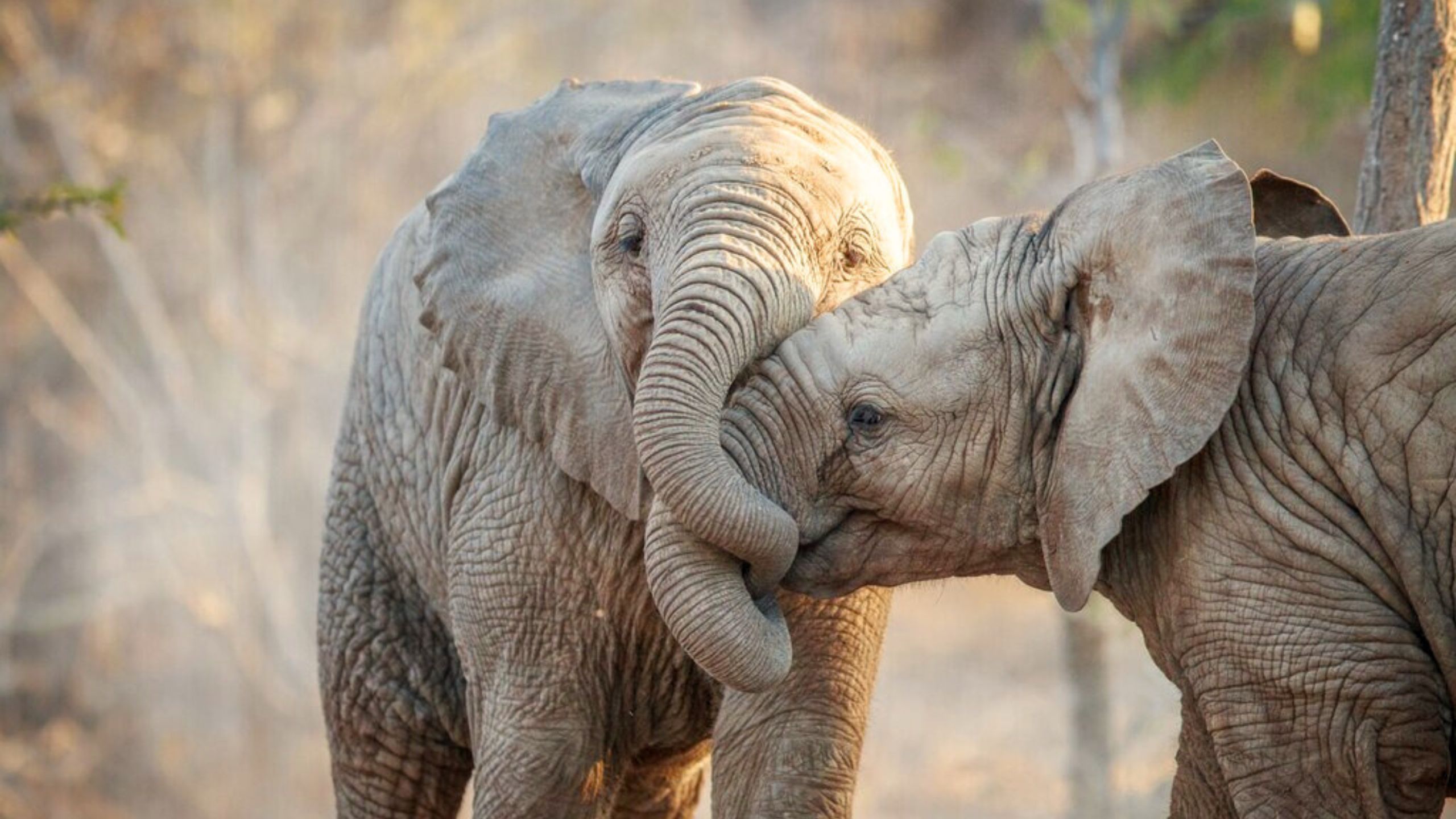Reach The Top While Climbing Kilimanjaro 2023 – Trek in Tanzania, Africa :
Few African experiences can compare to looking down upon the continent from the summit of Mount Kilimanjaro, six kilometers below. Unsurprisingly, scaling Kilimanjaro is a common bucket list item. Up to 30,000 travelers attempt to do it annually, making it the most climbed mountain in the world.
Even though Mount Kilimanjaro, also referred to as Kili by locals, is the tallest free-standing mountain in the world, you can easily climb it. None of the ascent routes necessitate mountaineering expertise, specific gear, or even prior climbing knowledge.

Despite the fact that climbing the Roof of Africa is a relatively easy trip, it is nonetheless physically and emotionally taxing and should not be taken lightly, regardless of how many people climb Kilimanjaro each year. There is no warning sign as to who can have altitude sickness, but it can begin above 3,000 metres and occasionally have serious repercussions. Reaching the top can take up to a week of strenuous physical labour, so you’d better be ready for all kinds of weather extremes, including torrential rain, scorching heat, blinding sunshine, freezing temperatures, and even snow!
The climb up Kilimanjaro is not particularly difficult. First and foremost, you need to choose a certified tour guide. There are numerous specialised companies that use seasoned, qualified guides and hard-working porters. All you need to do is show up; these businesses will handle the logistics.
Although it’s a “everyman’s mountain,” you’ll need to be reasonably active and healthy, as well as have the appropriate clothing, boots, and sleeping bag when you arrive.

It’s crucial that you cooperate with your guides and follow their recommendations because you’ll be climbing with a group and reaching the summit requires teamwork. The porters who carry all the bulky equipment and supplies up and down the mountain and prepare all the meals help the guides; you will just be carrying a daypack and your personal belongings.
- Kilimanjaro can be climbed all throughout the year, however the wet seasons (April through June and November through December) make the forest more slick and there is a chance that snow will cover the top.
- If you don’t mind colder temperatures, June, July, and August are all excellent months to climb Kilimanjaro.
- The optimum weather to climb Africa’s highest peak is in January and February, when it’s mild and dry.
Mount Kilimanjaro, popularly known as Kili, is not only the highest mountain in Africa but also the largest free-standing mountain in the world, rising about six vertical kilometres (four miles) from the surrounding plains of northern Tanzania.
It is one of the Seven Summits, which are the tallest mountains on each of the four classical continents. For most adventurous travelers, hiking there is a must-do experience.
Three volcanic cones make up Mount Kilimanjaro, which is located approximately an hour’s drive from the airport in Arusha. They are Kibo, Mawenzi, and Shira. Uhuru peak, the highest point on Kili, is located on Kibo, the tallest of the three.

There are six official hiking routes up Kilimanjaro :
- Trail Of The Mechame : The most picturesque path to the peak is the 6-7 day Machame route, but it’s physically more demanding in certain places after a more gentle start. Camping is done in tents.
- Lamoso Route : Although it is a lesser-known route, the 9-day climb up Mount Kilimanjaro’s western flank offers breathtaking vistas of Kibo’s Glacier and Shira Ridge.
- Marangu : A beautiful route that is perfect for people who dislike tent camping.
- Rongai : One of the mountain’s less busy routes.
- Shira : Shira was the original path, while Lemosho is thought to be the better alternative; the two are practically identical.
- Umbwe : A difficult route, but the quietest on the mountain.









